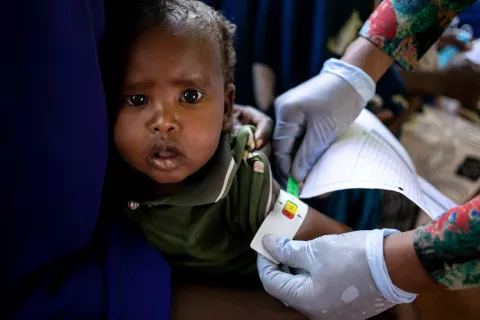Gender-responsive remote digital learning
Policy brief

About
Quality education (SDG4) remains a pressing issue worldwide. In the current global learning crisis, children are not learning at expected levels, despite higher school enrolments. World Bank estimates indicate that half of the world’s children could not read and understand a simple text by the age of 10 pre-COVID-19. The pandemic has only deepened the global learning crisis, affecting national education systems worldwide. To mitigate this, countries have increasingly been adopting digital technologies to improve remote education and promote better learning outcomes for children. In the process, however, most nations have struggled to meet the needs of all.
While technology-enhanced learning can help ensure content reaches more learners in multiple and flexible formats, access to quality digital learning varies greatly and can exacerbate gender inequalities. In many contexts, the gender digital divide disadvantages girls who already face several vulnerabilities to their education: risk of child marriage, early pregnancy and gender-based violence. A gender-responsive approach to remote learning using digital technologies enables the needs of all learners to be considered while addressing the gender-related barriers to education and digital technology.
This policy brief highlights key recommendations to achieve inclusive, equitable and gender-responsive remote digital learning for children and adolescents.
The brief is complemented by the Gender-Responsive Digital Pedagogies: Guide for Educators, which can be accessed here: https://www.unicef.org/reports/gender-responsive-digital-pedagogies.


